Best Companion Plants To Peas
Introduction
Peas are a delicious and nutritious vegetable that is easy to grow in the garden. They are also a good companion plant for many other vegetables, which means that they can help to improve the growth and health of their neighbors.
In this blog post, we will discuss the best companion plants for peas. We will also talk about why companion planting is beneficial and how to choose the right companion plants for your garden.
Benefits of Companion Planting
There are many benefits to companion planting. Some of the most important benefits include:
- Increased crop yields: Companion planting can help to increase crop yields by attracting beneficial insects, deterring pests, and improving the overall health of the plants.
- Improved soil quality: Companion planting can help to improve soil quality by fixing nitrogen, breaking down organic matter, and attracting earthworms.
- Reduced pest and disease problems: Companion planting can help to reduce pest and disease problems by attracting beneficial insects, deterring pests, and creating a more balanced ecosystem in the garden.
- Increased biodiversity: Companion planting can help to increase biodiversity in the garden by providing food and shelter for a variety of beneficial insects and animals.
How to Choose Companion Plants
When choosing companion plants for peas, there are a few things to keep in mind. First, you need to consider the growth habits of the plants. Peas are a vining plant, so you will need to choose companion plants that will not compete for space. Second, you need to consider the nutrient needs of the plants. Peas are nitrogen-fixing plants, so they will not need as much nitrogen as other plants. Third, you need to consider the pest and disease problems that are common in your area. Companion planting can help to deter pests and diseases, so you can choose plants that will help to protect your peas.
Best Companion Plants for Peas
Some of the best companion plants for peas include:
- Carrots: Carrots and peas are a classic companion plant combination. Carrots help to repel pests that can damage peas, and peas help to improve the soil quality for carrots.
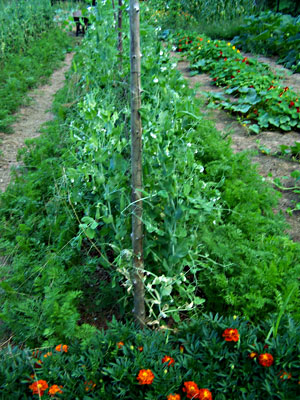
- Cucumbers: Cucumbers and peas are another great companion plant combination. Cucumbers help to provide shade for peas, and peas help to attract beneficial insects that can control cucumber pests.
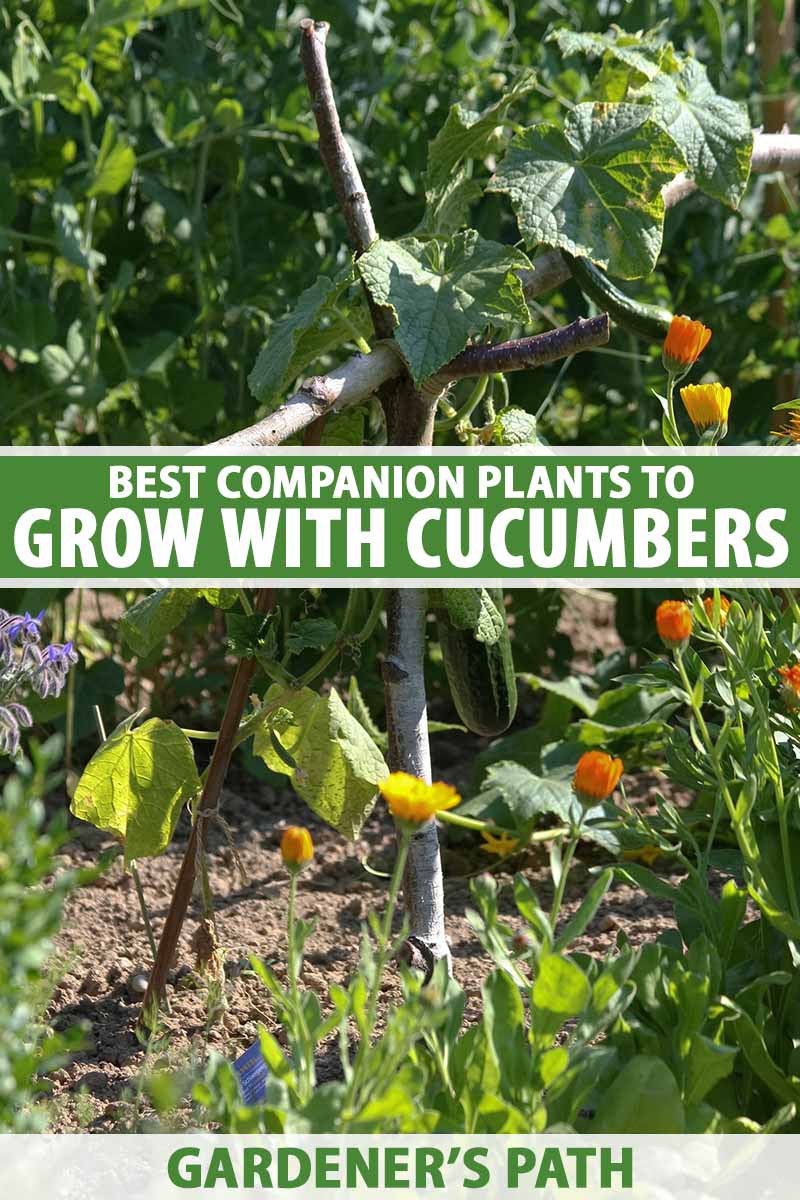
- Celery: Celery is a good companion plant for peas because it helps to improve the soil quality and attract beneficial insects.
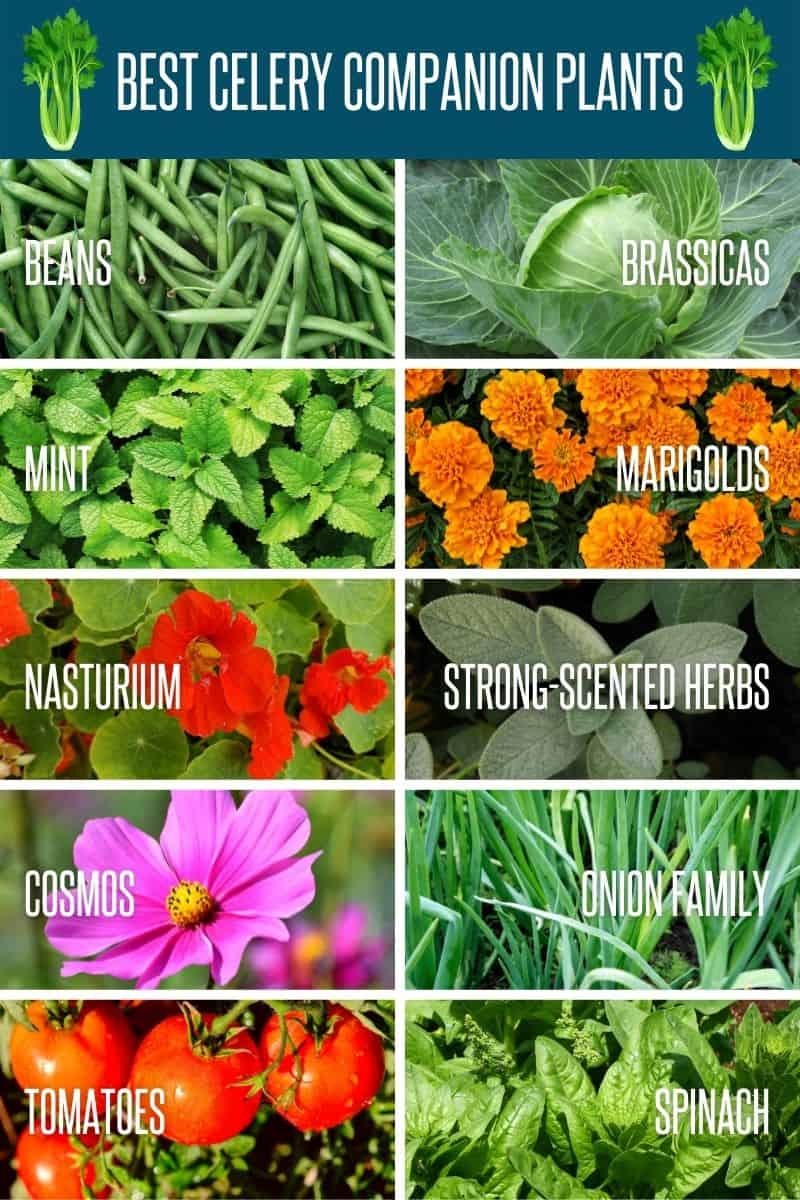
- Spinach: Spinach and peas are a good companion plant combination because they have similar growing requirements. They also help to repel each other's pests.
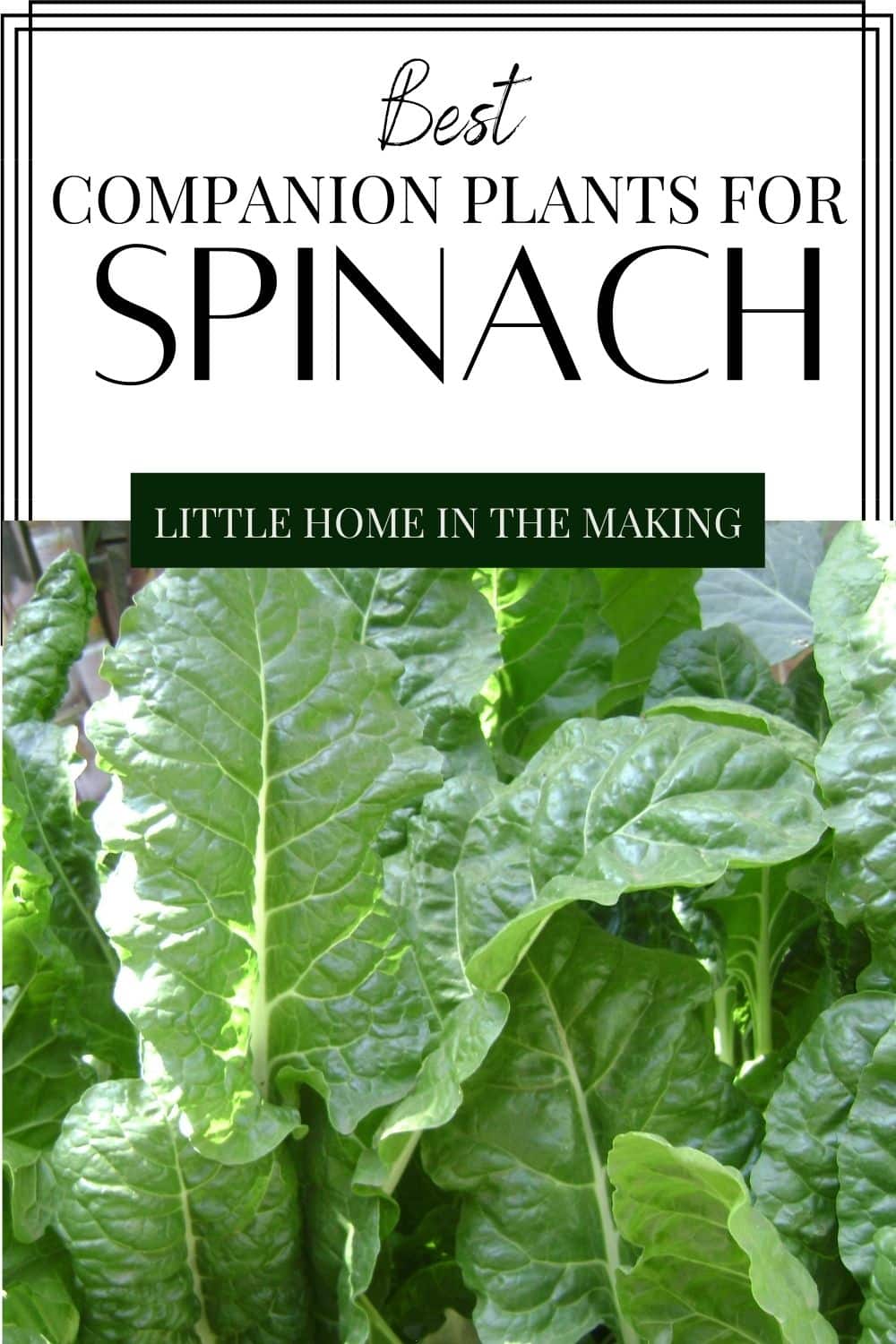
- Radishes: Radishes are a good companion plant for peas because they help to improve the soil quality and attract beneficial insects. They also help to deter pests that can damage peas.

- Tomates: Tomatoes and peas are a good companion plant combination because they help to improve the soil quality and attract beneficial insects. They also help to deter pests that can damage both plants.
Plants to Avoid Planting Near Peas
There are a few plants that you should avoid planting near peas. These plants include:
- Onions: Onions and peas are a bad companion plant combination because they can compete for nutrients.
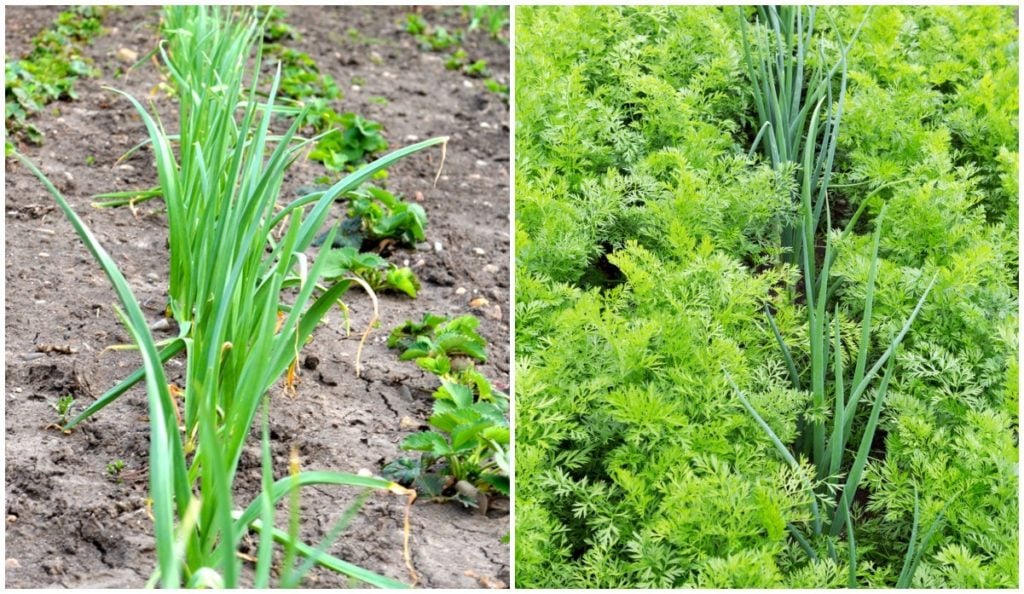
- Garlic: Garlic and peas are a bad companion plant combination because they can compete for nutrients.
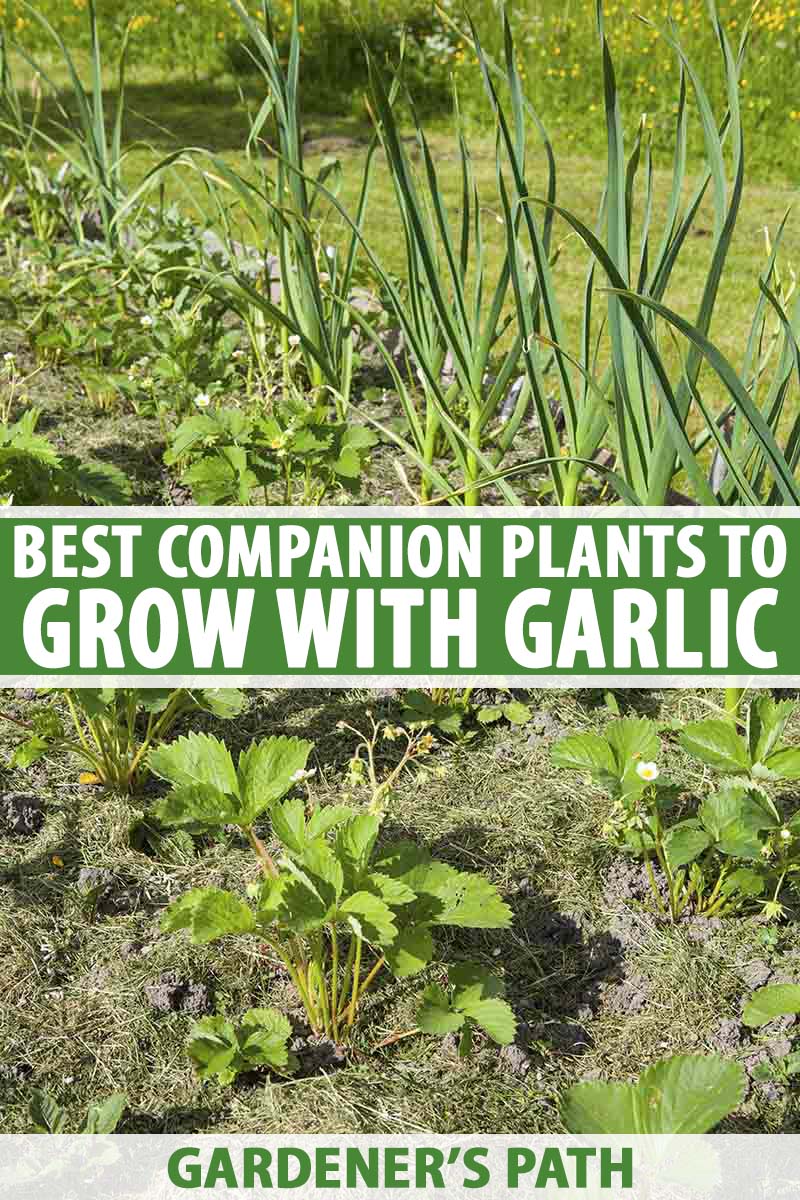
- Leeks: Leeks and peas are a bad companion plant combination because they can compete for nutrients.

- Shallots: Shallots and peas are a bad companion plant combination because they can compete for nutrients.
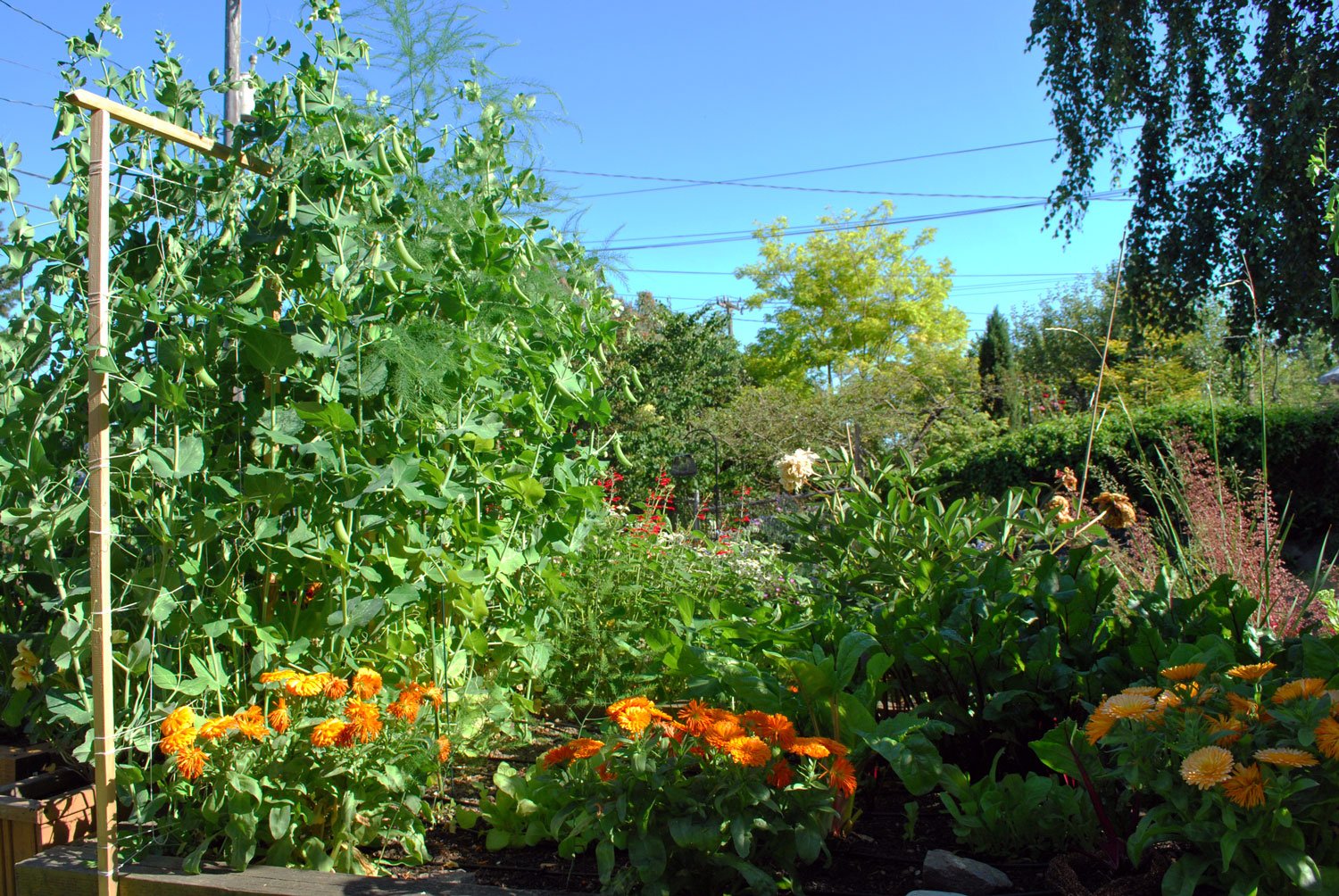
- Scallions: Scallions and peas are a bad companion plant combination because they can compete for nutrients.
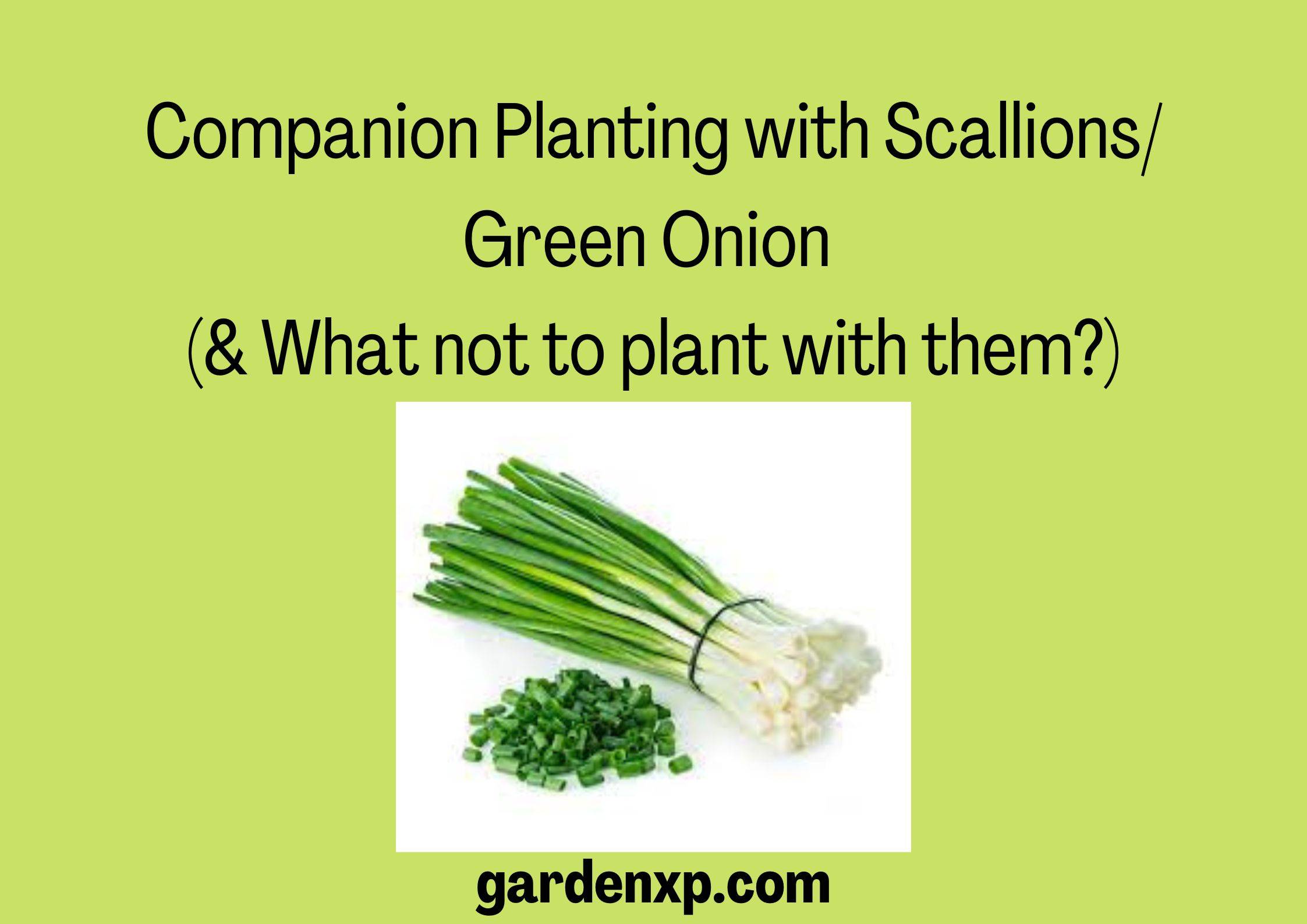
- Chives: Chives and peas are a bad companion plant combination because they can compete for nutrients.
Conclusion
Companion planting is a great way to improve the growth and health of your peas. By choosing the right companion plants, you can help to increase crop yields, improve soil quality, reduce pest and disease problems, and increase biodiversity in your garden.
Peas are a delicious and nutritious vegetable that can be grown in most gardens. But did you know that there are certain plants that can help peas grow even better? These are called companion plants, and they can provide a number of benefits to peas, such as:
- Attracting pollinators: Companion plants can attract pollinators, such as bees and butterflies, which help to pollinate the pea flowers. This leads to a better harvest.
- Protecting from pests: Some companion plants can help to protect peas from pests, such as aphids and slugs. For example, marigolds are known to repel aphids, while nasturtiums can attract beneficial insects that prey on slugs.
- Improving soil quality: Some companion plants can improve soil quality by adding nutrients or breaking down organic matter. For example, beans are legumes, which means they can fix nitrogen in the soil. This provides a valuable source of nitrogen for peas, which can help them grow strong and healthy.
If you're interested in learning more about companion plants for peas, I recommend visiting the website Gardenia Inspiration. This website has a comprehensive list of companion plants for peas, as well as information about the benefits of companion planting.
FAQ of companion plants to peas
Q: What are companion plants to peas?
A: Peas are a great companion plant for many other vegetables, as they help to improve the soil quality and deter pests. Some of the best companion plants for peas include:
- Beans: Beans and peas are both legumes, which means they can fix nitrogen in the soil. This helps to improve the fertility of the soil and can benefit other plants in the garden.
- Carrots: Carrots and peas have different root systems, so they don't compete for resources. Additionally, the leaves of carrots can help to shade the roots of peas, which can help to prevent them from bolting.
- Celery: Celery and peas both like cool weather, so they can be planted together in the early spring or fall. Celery can also help to deter pests from peas, such as aphids and cabbage moths.
- Corn: Corn can help to provide support for peas, as they can grow quite tall. Additionally, the leaves of corn can help to shade the roots of peas, which can help to prevent them from bolting.
- Cucumbers: Cucumbers and peas have similar growing requirements, so they can be planted together in the same bed. Cucumbers can also help to deter pests from peas, such as aphids and cucumber beetles.
Q: What are the benefits of companion planting with peas?
A: There are many benefits to companion planting with peas, including:
- Improved soil quality: Peas are legumes, which means they can fix nitrogen in the soil. This helps to improve the fertility of the soil and can benefit other plants in the garden.
- Deter pests: Some companion plants can help to deter pests from peas, such as aphids, cabbage moths, and cucumber beetles.
- Increased yields: Companion planting can help to increase the yields of peas by providing support, shade, and other beneficial effects.
- More efficient use of space: Companion planting can help to make more efficient use of space in the garden by planting plants that have different growing requirements together.
Q: What are some plants that should not be planted near peas?
A: There are a few plants that should not be planted near peas, as they can compete for resources or attract pests. These plants include:
- Onions: Onions can suppress the growth of peas.
- Leeks: Leeks can suppress the growth of peas.
- Garlic: Garlic can suppress the growth of peas.
- Brassicas: Brassicas, such as broccoli, cabbage, and cauliflower, can attract pests that also attack peas.
Q: Can you plant peas together?
A: Yes, you can plant peas together. In fact, peas are often planted together with other legumes, such as beans, as they can help to improve the soil quality and deter pests. However, it is important to plant peas with other plants that have similar growing requirements, such as cool weather and full sun.
Image of companion plants to peas
- Carrots: Carrots help to repel pests that can damage peas, such as aphids and carrot rust flies.

- Celery: Celery helps to improve the flavor of peas, and it can also help to deter pests.
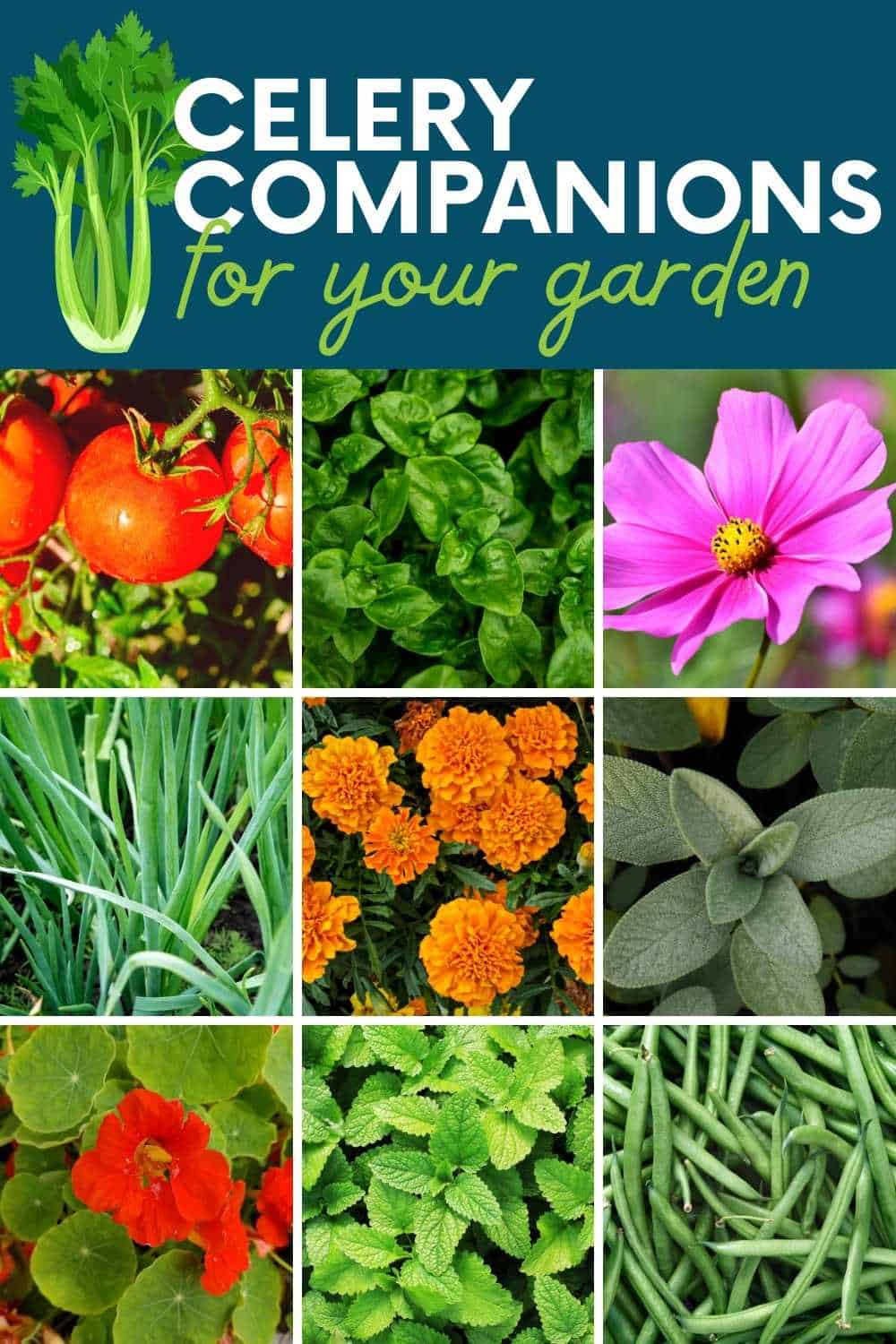
- Cucumbers: Cucumbers and peas can help to improve each other's growth. Cucumbers help to shade the roots of peas, which can help to prevent them from drying out. Peas help to attract pollinators, which can help to improve the pollination of cucumbers.

- Lettuce: Lettuce helps to suppress weeds, which can help to keep the soil around peas healthy.

- Peppers: Peppers help to deter pests that can damage peas, such as aphids and spider mites.
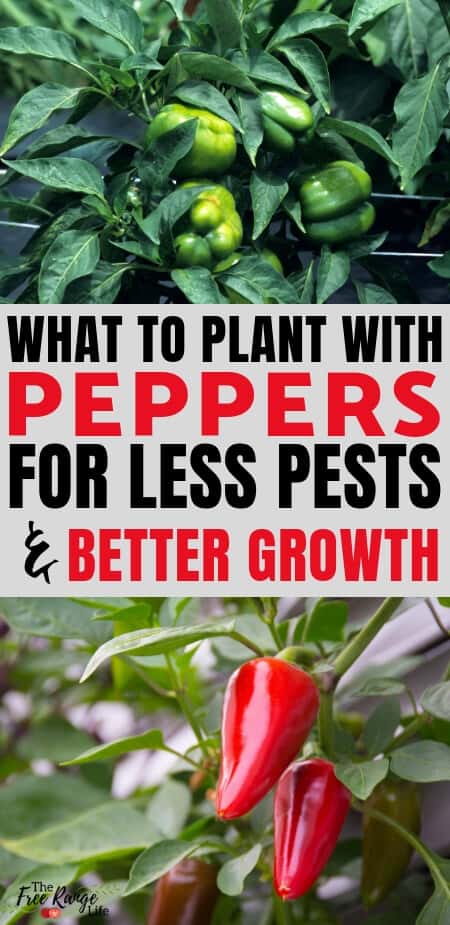
Post a Comment for " Best Companion Plants To Peas"